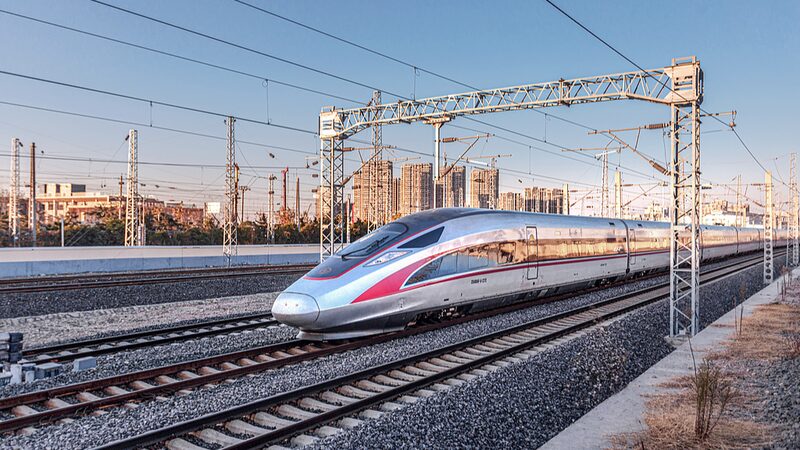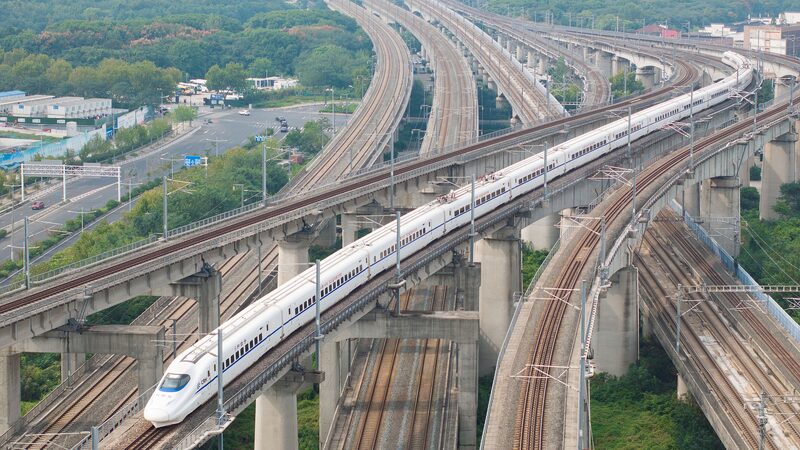China’s high-speed railway network has reached a new milestone, extending its total length to 47,000 kilometers, according to data released by the National Railway Administration on Thursday. This expansion solidifies China’s position as home to the world’s largest high-speed rail network.
The country’s total railway network now spans approximately 162,000 kilometers, with high-speed rail lines accounting for nearly 30 percent of the total. Experts believe this rapid growth will accelerate the movement of people and goods, boost tourism, and stimulate broader economic development through the high-speed rail industry chain.
“China’s high-speed railway network has greatly compressed time and space, enabling faster flows of people, goods, information, and capital,” said Lu Wei, a researcher at the Chinese Academy of Macroeconomic Research. “This movement not only brings about changes in consumption concepts but also promotes diversification in consumption behaviors.”
The convenience and accessibility of the high-speed railway have reduced travel times, sparking greater public interest in travel and driving tourism consumption. Lu noted that the development of the network plays a significant role in stimulating investment and industrial growth. “Every 100 million yuan ($13.7 million) invested in high-speed railway projects can generate approximately 300 million yuan in related industries such as metallurgy, construction, and manufacturing, creating over 2,200 jobs,” he explained.
As an example of the industry’s ripple effect, a single Fuxing high-speed train comprises over 40,000 components and involves more than 600 first-tier suppliers and 1,500 second-tier suppliers. This extensive supply chain creates a fivefold industrial impact, benefiting numerous sectors across the economy.
The expansion of China’s high-speed railway network is also enhancing regional economic connectivity. “Economic activities often emerge and cluster along transportation routes,” Lu said. “China’s extensive high-speed railway network significantly increases passenger, freight, and information flows along its lines.”
With the network’s continued development, regional transportation systems have become more efficient, and cooperation within regional economic zones is strengthening. This has amplified the agglomeration effect of industries, paving the way for the rise of new regional growth hubs.
The Central Economic Work Conference held in December emphasized boosting domestic demand as a top priority for 2025, including enhancing service consumption, developing cultural and tourism industries, and creating innovative consumption scenarios. The expanding high-speed railway network is poised to play a crucial role in achieving these goals.
Reference(s):
China's high-speed railway network expands to 47,000 kilometers
cgtn.com








